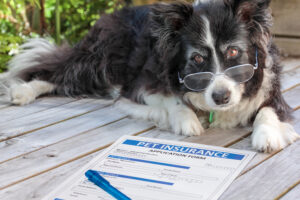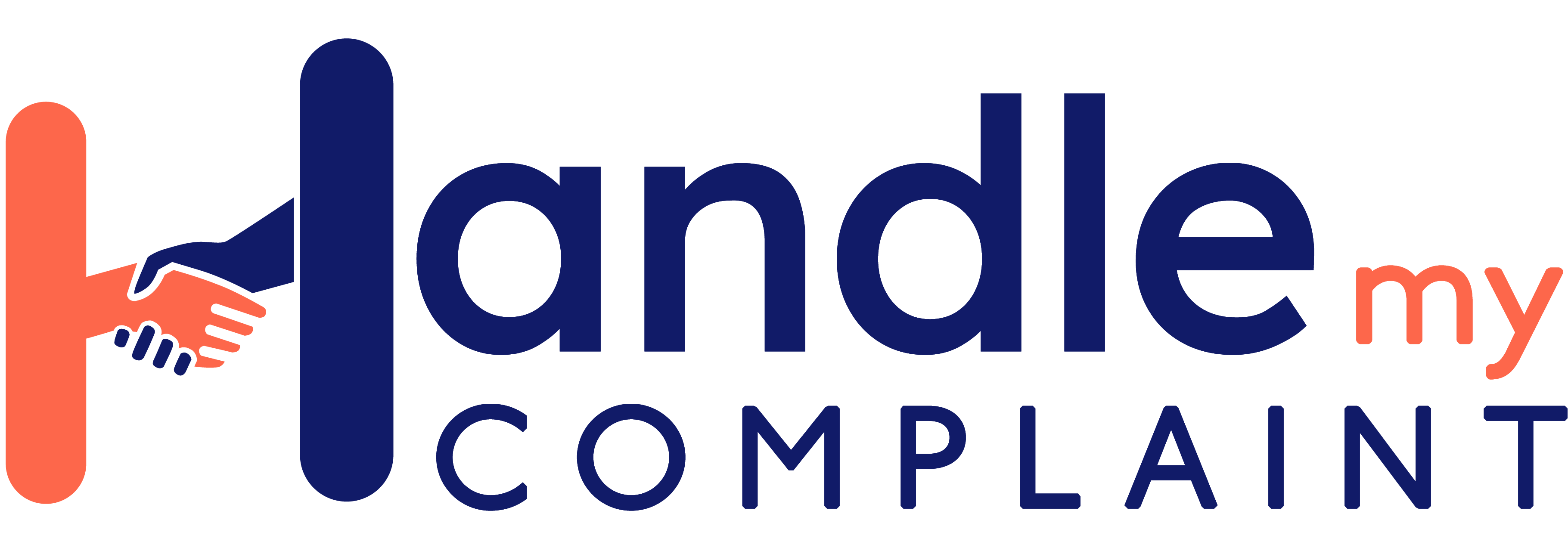
Pet insurance: What does ASIC’s crackdown mean for you?
Have you received a large veterinary bill for your pet even though you had what you thought was the right insurance? You’re far from alone.
It's common to be shocked by vet bills, especially because pet insurance companies don't always inform you about upfront payments for medical treatments. They often follow a "pay first, claim later" approach, according to CHOICE.
In June, the Australian Securities and Investment Commission (ASIC) took the extraordinary step of banning the sale of pet insurance products sold by Medibank, RSPCA, Woolworths and other companies. This ban was due to issues with specific policies underwritten by PetSure and Hollard.
Although the ban was lifted on the same day, after ASIC stated their concerns were addressed, it's important to take a closer look at the situation since it impacts many pet owners. What were the issues? How have they been resolved? And does that make pet insurance a more viable option for you?

What action did ASIC take against companies selling pet insurance?
ASIC reviewed some pet insurance products to make sure they are fair for pet owners. They looked at a document called the target market determinations (TMD), which has been required since October 1, 2021. After the review, ASIC took action by issuing 38 interim stop orders. These orders stopped the sale of new policies for 67 pet insurance products from Hollard Insurance Company Pty Ltd and PetSure (Australia) Pty Ltd.
What is target market determination (TMD)?
A target market determination (TMD) is a document that is required in the Australian financial services sector. It contains important information, such as:
-
- The target market: This specifies the type of people the product is made for. These people should have similar needs, goals, and financial situations that match the product's main features.
- Distribution conditions: The TMD explains how the product can be sold to the target market, including any conditions or restrictions on its distribution. It may also mention strategies that should not be used to sell the product.
- Review triggers: These are circumstances or events that indicate when the TMD should be reviewed to make sure it is still suitable.
- Reporting obligations: The TMD states any reporting requirements for the issuer or distributor of the financial product.
- Review date: The TMD must specify a date for when it will be reviewed to ensure that it still accurately identifies the group of consumers for which the product is suitable.
An insurer should let you know where to find this document. Usually, it’s on their website.
According to the report by the regulator, under the design and distribution obligations (DDO), an insurance product must “appropriately define the target market for these products using objective and tangible parameters”. One of these parameters is the customer’s financial capacity. However, this important information was missing from the TMDs of the insurers in question.
For example, a customer may have purchased pet insurance without knowing they would need to pay for a procedure upfront before being able to get reimburses. Without knowing about the Pay First, Claim Later policy, customers could face unexpected expenses. With clearer parameters, insurance companies will have to make sure customers can afford upfront payments.
What effect did it have on insurance brands?
The interim orders had an effect on several brands that offered the affected products. These brands include Woolworths, RSPCA, Petbarn, Guide Dogs, Medibank, Bupa and HCF. These brands were not allowed to sign up new customers for 21 days.
However, the ban was quickly lifted because the insurers made changes to their TMD documents to address ASIC's concerns. The updated TMDs now provide information about the financial situation of consumers in the target market.
For example, Medibank’s original 2021 TMD had only two parameters for their target market: owning a domestic dog, cat, or hybrid legally available in Australia, and seeking cover towards the costs associated with specified accidental injuries.
However, in their revised TMD from 29 June 2023, they added a third parameter: being able to afford the premium, upfront vet expenses before making a claim (unless using GapOnly), and veterinary expenses beyond the accepted claim amount.
Who are Hollard and PetSure?
Hollard Insurance Company and its subsidiary PetSure are prominent underwriters in the pet insurance industry. They evaluate the risks of insuring pets and decide how much the insurance policies should cost. They also set the rules and conditions for these policies. Hollard and PetSure provide pet insurance under multiple brands.
Another important player in the pet insurance market is Petplan, which is backed by Sovereign Insurance Australia. Like Hollard and PetSure, Petplan assesses risks, determines premiums, and establishes policy terms for pet insurance.
While there are other companies that underwrite pet insurance, such as RACQ and Truepanion, ASIC's regulatory actions specifically focused on Hollard and PetSure.
How does the ASIC crackdown affect me?
If you already have pet insurance, the AISC crackdown doesn't directly impact your current policy. However if you're considering getting a new pet insurance policy, you can expect more transparency and fairer practices. Insurance companies now have to consider your ability to afford premiums and upfront treatment costs before receiving any reimbursements when they sell you a policy. They also need to assess if you can afford any gap costs.

While ASIC's actions don't target pet insurance pricing specifically, the increased regulatory oversight may encourage more competitive pricing and discourage unfair tactics in the industry.
It's worth noting that in 2019, CHOICE awarded the entire pet insurance industry the Shonky Award for “emotionally manipulating” consumers, revealing some questionable practices that existed.
In a previous article on pet insurance, we highlighted a concern where providers could modify policies without warning. This meant that premiums could increase, and coverage could be reduced without prior notice. Policyholders often only discovered these changes when renewing their policies. This leads to unexpected financial burdens and potential gaps in coverage for their pets. This showed that the industry lacked strict regulation until recently.
However, the pet insurance industry has undergone significant changes and innovations since then. One notable development is the introduction of GapOnly pet insurance, which has been recognised for its industry-leading approach. It received the 2022 Innovation Excellence Award from Canstar, highlighting its potential to reshape how pet owners navigate their insurance policies.
What is GapOnly insurance?
GapOnly is a product that aims to make upfront payments for pet treatments more affordable. With a policy that includes GapOnly, you only have to pay the difference between the treatment cost charged by your vet and the amount covered by your insurance. This feature helps avoid unexpected financial surprises.
If you already have pet insurance check if your insurer offers GapOnly and if your veterinarian accepts it. Before visiting your vet, let them know that you want to make a GapOnly claim, as this will ensure you a good idea how much a treatment will cost you.
If you're choosing an insurance provider, consider if getting a policy with GapOnly is worth the extra cost. Remember, while it sounds convenient, not all vets accept this feature (yet). If the only vet in your area doesn't support GapOnly, it may not be worth travelling further to find a participating vet.
Also, GapOnly doesn’t cover all vet treatment costs. Check with your insurer to understand the specific coverage.
Lastly, GapOnly is available on specific dates and times:
-
- Monday to Friday: 8:00am to 10:00pm
- Saturday 8:00am to 5:00pm
- All times and AEST and exclude NSW public holidays
If these limitations don't suit your needs, consider setting up a savings account dedicated to pet care costs. You could also explore payment plans offered by vets.
What can I do if my pet insurer refuses to pay?
If your pet insurer denies your claim, here are some steps you can take:
- Review your policy: Read your policy documents carefully to understand the coverage, exclusions, and any conditions. Disputes often arise due to misunderstandings about the policy terms.
- Contact your insurer: Reach out to your insurer to discuss why they refused your claim. Ask for a detailed explanation of their decision. Sometimes, there may be misunderstandings or errors that can be resolved through conversation. If they need additional documents or information, provide them promptly.
- Lodge a formal complaint: If your insurer is uncooperative or you believe their refusal is unfair, you can file a formal complaint with their Internal Dispute Resolution (IDR) department. Insurers are required by law to review complaints and provide a response within a specific timeframe, usually 45 days.
- Escalate your complaint: If you're still dissatisfied or don’t receive a response within the given timeframe, you can escalate your complaint to the Australian Financial Complaints Authority (AFCA). AFCA is an independent organisation that helps resolve disputes for financial services, including insurance. They will provide impartial assistance to reach a fair resolution.

When deciding whether to get pet insurance, consider your personal circumstances. However, if you choose to have it, staying informed about the latest changes is important. Knowing your rights when making a claim can give you peace of mind and help you manage your pet's expenses without worry.
As always, if you need help with your complaint or navigating the process, let us know, and we’ll help you handle it.






